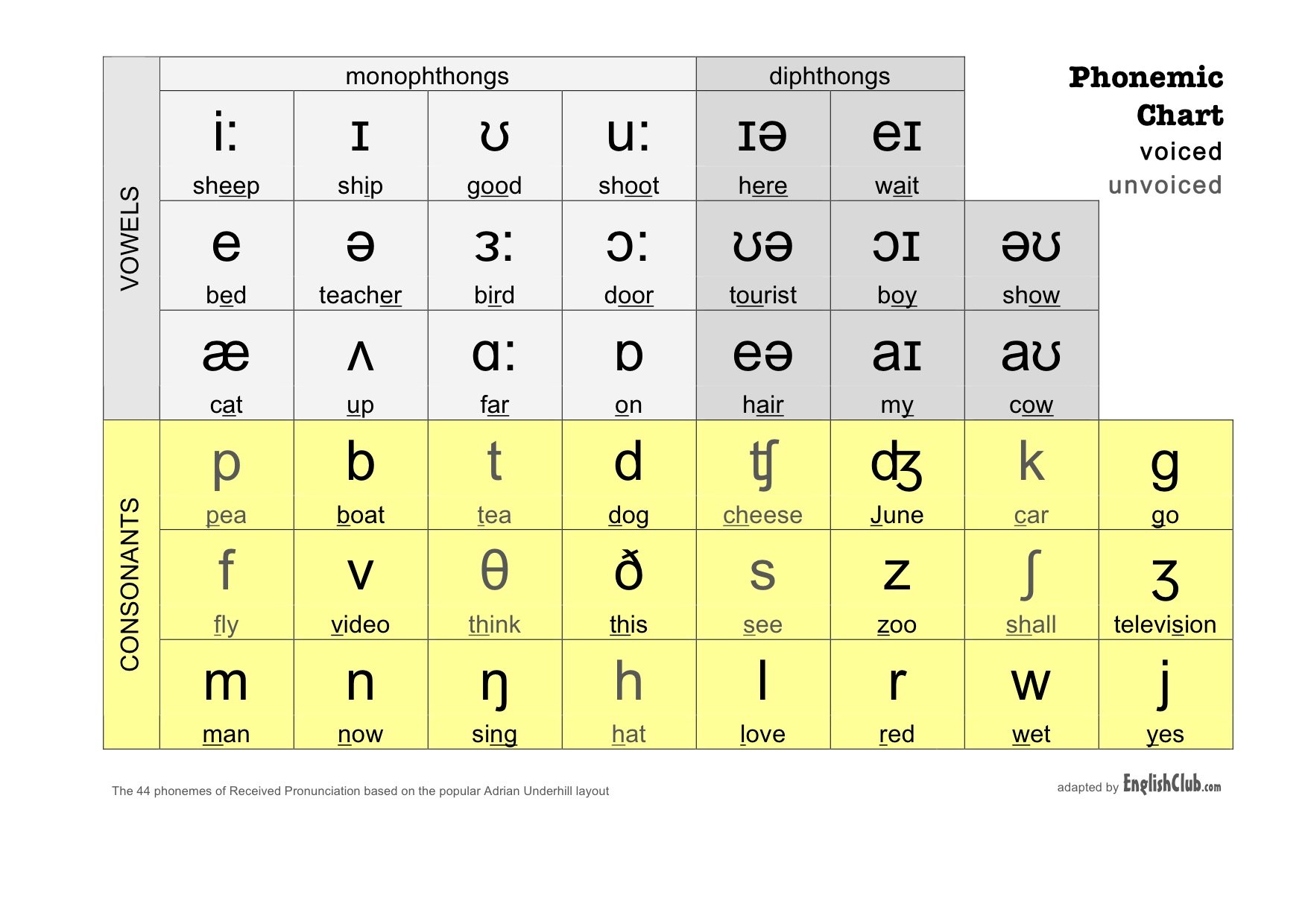- What industry do you work in and what is your role?
- What are your responses in your role / position?
- Can you describe to the function of your workplace / company?
- How many departments, how many offices. National or International?
- What are the minimum requirements for employment ie Education or Experience?
- How many opportunities are there to ‘move up the ladder’?
- What is the process for changing job roles ie Interview? Test?
- Current projects? Deadlines? Opportunities?
- Anything of interest happening?
Business culture
1.
High quality, comprehensive storytelling training for a team isn’t cheap. Even a half-day workshop can cost over $10,000. And after the company pays for the training, your team will still need to continue to take time to practice the lessons learned to make the investment worthwhile.
2.
Whether you’re in the process of searching for the right trainer, debating whether you should invest in one, or have just worked with one, you will want to encourage your team to practice. 1. Practice choosing the right story at the right time. A leadership story must be more than just a “good story.” Yes, a riveting story is the baseline, but it also has to meet two other criteria:
3. a. Your audience has to know right away why you are telling it.
b. They have to feel something and do something about it. Start with these two criteria when you’re searching for the right leadership story. Consider the change you want to see and find the story that inspires emotions that will motivate people to act.

Have you ever been to see a public speaker, motivational speaker, business related speaker (on your own volition). What was the topic, how was it? Please discuss…
4.
How to practice this every day:
Keep track of the stories you hear. Build a story library so you have an archive of great stories to choose from. Every morning, consider your scheduled tasks. Who will you interact with? Is there anything you will need them to do, or to agree upon? Maybe it’s as simple as persuading a colleague to read a book you’ve loved. Or maybe you will need to reinforce how valuable an employee’s daily tasks are to you. Think of a story you will be able to tell at least one person today–a story they will find relevant and moving, and that will motivate them to act.
5.
If you get to the end of the day and realize you haven’t told any stories that you remember, consider the stories you heard. Do some reverse-engineering to figure out how the story worked and whether it was persuasive. Ask yourself:
- Why was the story told?
- What emotions did it evoke?
- Did you feel like doing anything in response to the story?
6.
2. Practice Hooking Your Audience’s Attention
Here are three easy ways to find a good hook:
- Show contrast by highlighting the difference between past and present.
- Introduce a conflict by making the audience wonder which of two sides will win.
- Create a contradiction by showing how someone flouted the norm.

Who would you like to see speak and why?
7.
3. Practice Writing Stories QuicklyAn easy way to structure a story quickly is to think “IRS”:
- Intriguing beginning
- Riveting middle
- Satisfying ending
8.
4. Practice Using 3 Basic Business Storylines
Three main business storylines are stories of Origins, Underdogs, and Overcoming Monsters. The way a story is structured affects the way the audience feels. Choosing the right type of plot shows that you are tuned in to your audience’s needs. For instance, origin stories narrate the beginning of your business, idea, product or service, connecting the dots between past and present in an inspiring way.






